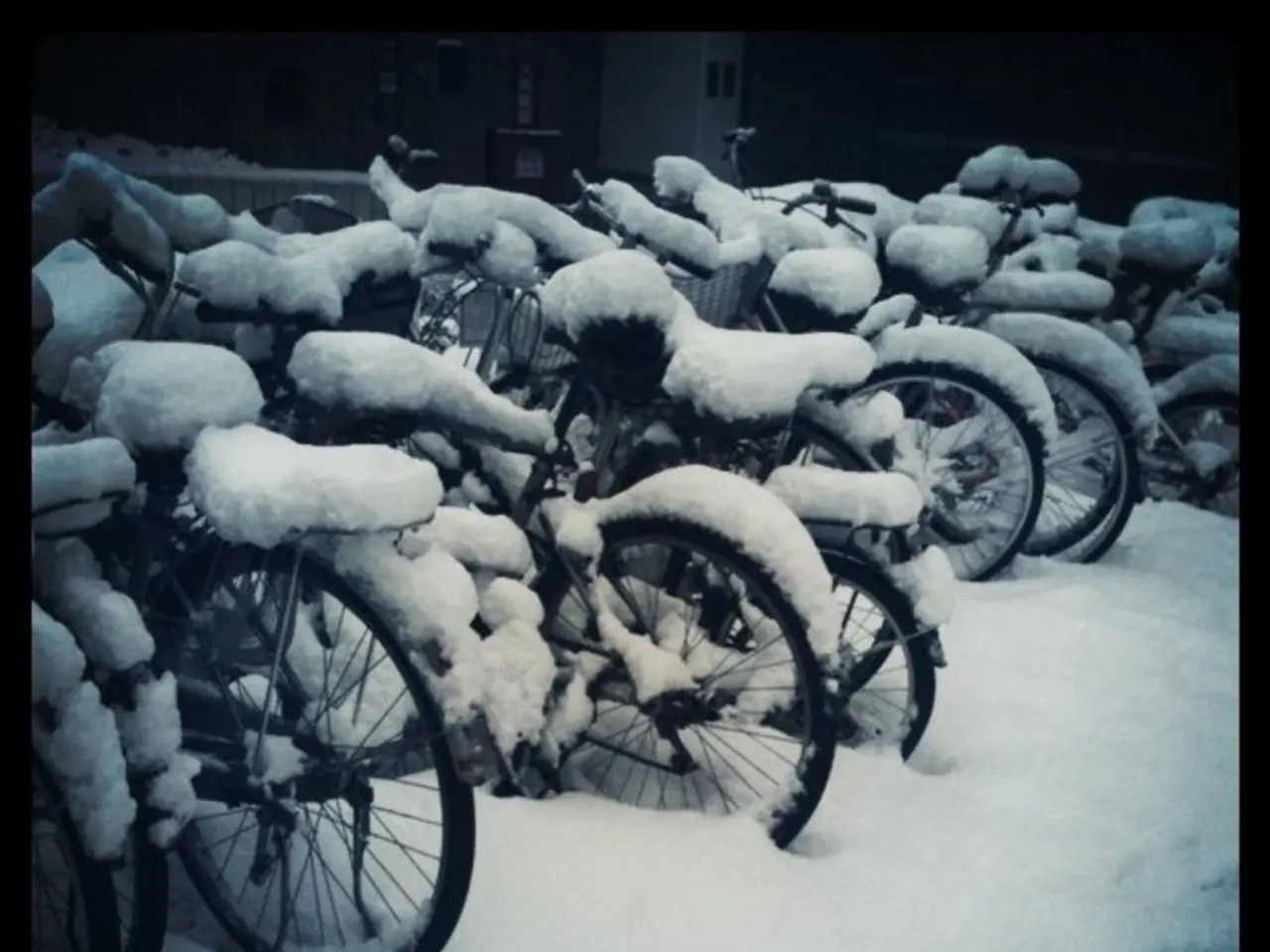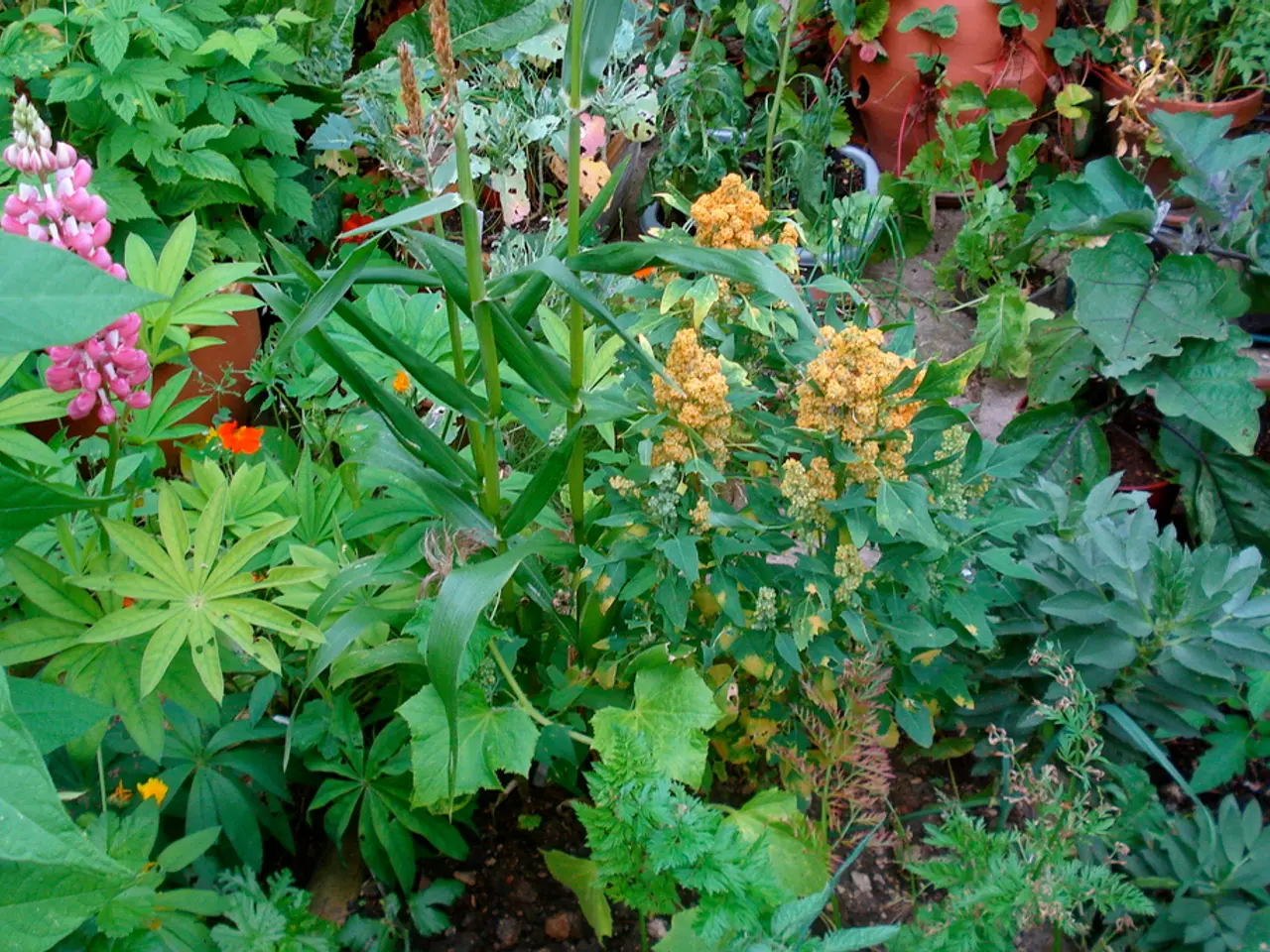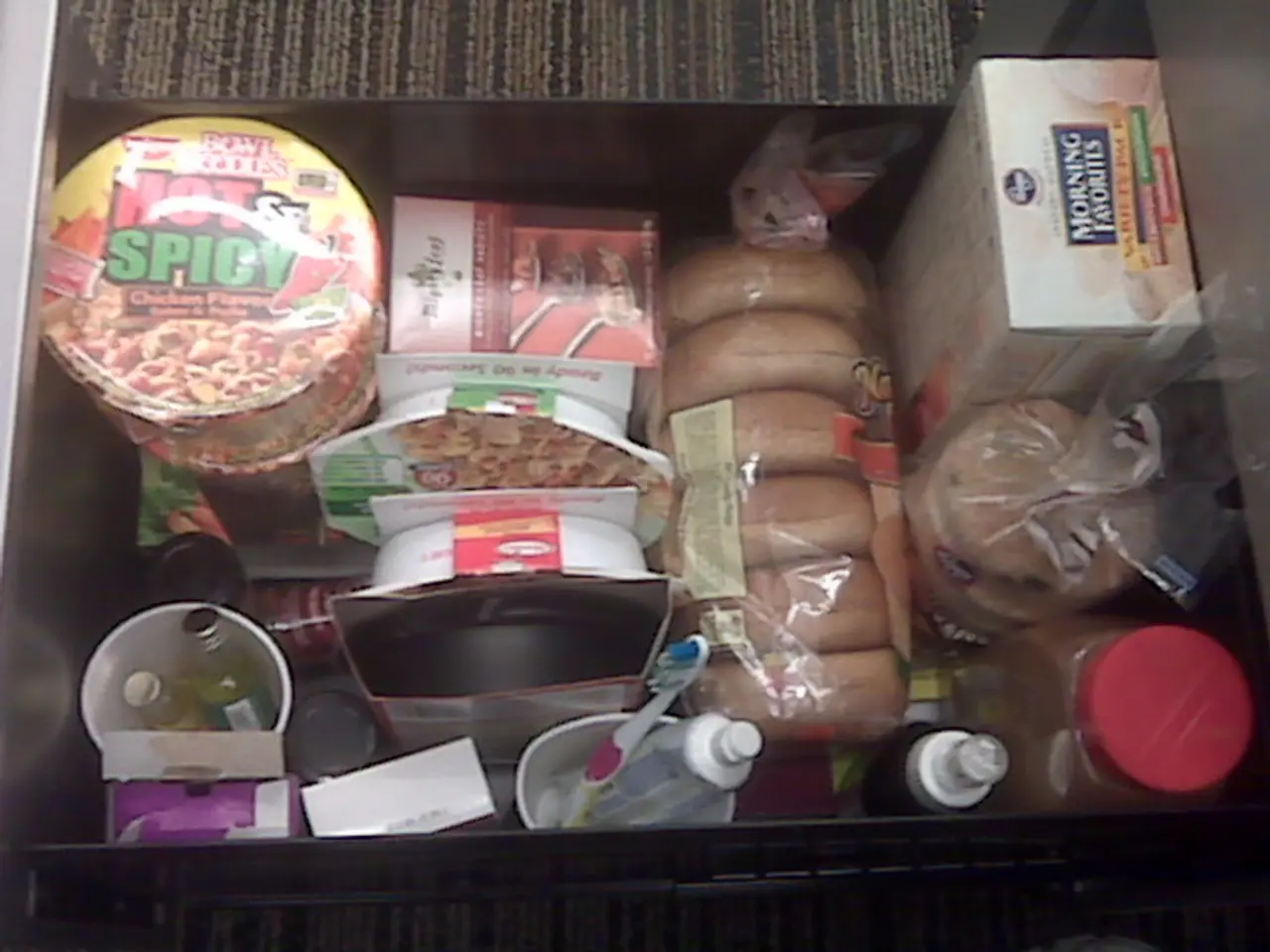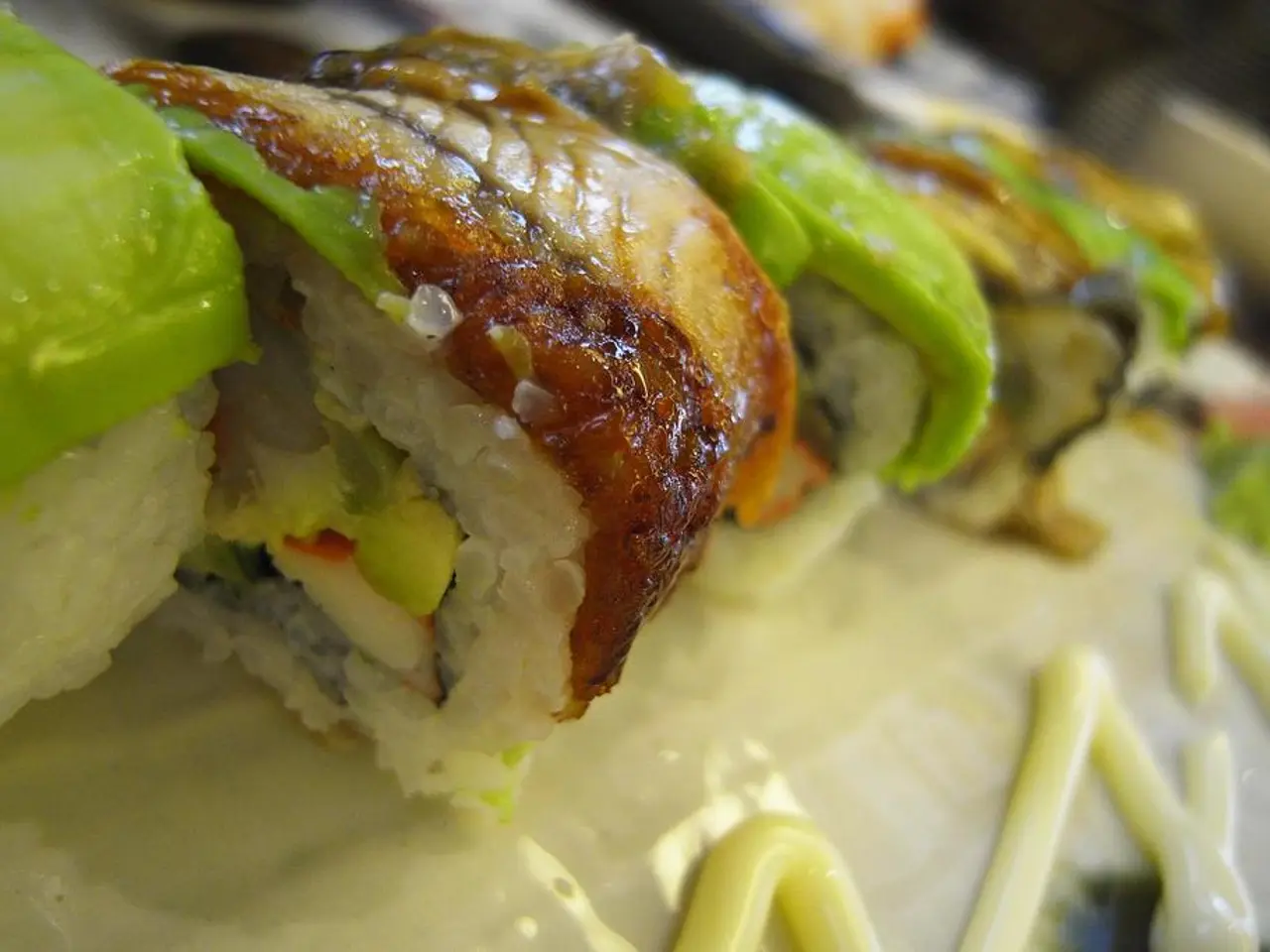Top 5 Reasons for Tomato Leaves Curling, as Explained by Plant Professionals, Along with Their Solutions
Addressing Tomato Leaf Curl: Causes and Solutions
Homegrown tomatoes bring an unparalleled taste and vibrant hues to gardens, but growing them can be frustrating when plants don't thrive as expected. One common issue is curling leaves that do not fully unfurl. While this problem may seem daunting, understanding its root causes and implementing appropriate solutions can help growers yield juicy tomato fruits. We spoke with Lindsay Springer, director of plants, nutrition, and digital agriculture at Gardyn, and Aimmie Altman, horticultural scientist at Bonnie Plants, to determine why tomato leaves curl and how to rectify this issue.
Environmental Stress
In some cases, curling leaves are merely a physiological response to temporary stress. Lindsay Springer, gardening expert, explains that stressors can include pruning, sun, wind, or water. To avoid this problem, provide your tomato plants with ample shelter and water. Utilizing shade cloth on especially hot days can help guard against excessive heat, also offering protection from wind. Overwatering can also lead to physiological leaf curl, so check the soil's moisture level before watering.
Pest Infestations
Garden pests can cause a tomato plant's leaves to curl, typically in conjunction with signs of leaf damage and discoloration, such as small holes and spots of brown or yellow. Possible pests include aphids, thrips, white flies, flea beetles, stink bugs, hornworms, or spider mites. Check the underside of younger leaves, especially those near the top of the plant, where new growth is more likely to be found.
There are several ways to address pest infestations. One is by selecting companion plants, such as zinnias, cosmos, and others, which can attract natural predators to deter pests that feed on tomatoes. Neem oil is another natural pest repellent that requires regular application to be effective.
Transplant Shock
Tomato plants may experience transplant shock upon being moved outdoors. While this condition may cause leaves to curl, theplant's overall health should not be severely affected. To prevent this, gradually acclimate your tomato plants to their new environmentby increasing their exposure to sunlight over time, a process known as 'hardening off.'Simply place the plants outside for short periods during the day and gradually prolong their outdoor time.
Inconsistent Watering
Proper watering is essential for tomato plants, as underwatering or allowing the soil to dry out too much between watering can result incurled leaves. During extreme heat, this issue can exacerbate, with tomato leaves curling to conserve water. Regularly water tomato plants consistently and avoid both over- and underwatering. Check soil moisture levels before watering deeply, as rainfall or drought may affect your watering schedule.
Disease
Various diseases can impact tomato plants, including fungal diseases which are the most common. In the event of disease, determine the specific disease affecting your plant by consulting your local state extension resources. Depending on the disease, treatment may vary, but regularly spacing tomato plants far enough apart to permit adequate airflow throughout their lifecycle can help prevent many diseases. Additionally, sanitize pruning shears to prevent the spread of diseases.
Martha Stewart, a well-known figure in the home-and-garden world, might suggest creating a vegetable garden with ideas for a thriving tomato garden. To maintain a healthy garden lifestyle, it's crucial to avoid inconsistent watering as this can lead to curled leaves, which can be a sign of stress or disease in tomato plants. Implementing practices such as hardening off tomato plants before transplanting them outdoors, using companion plants to attract natural predators, and regularly spacing them apart for airflow can help prevent issues like curling leaves, pest infestations, and diseases.







